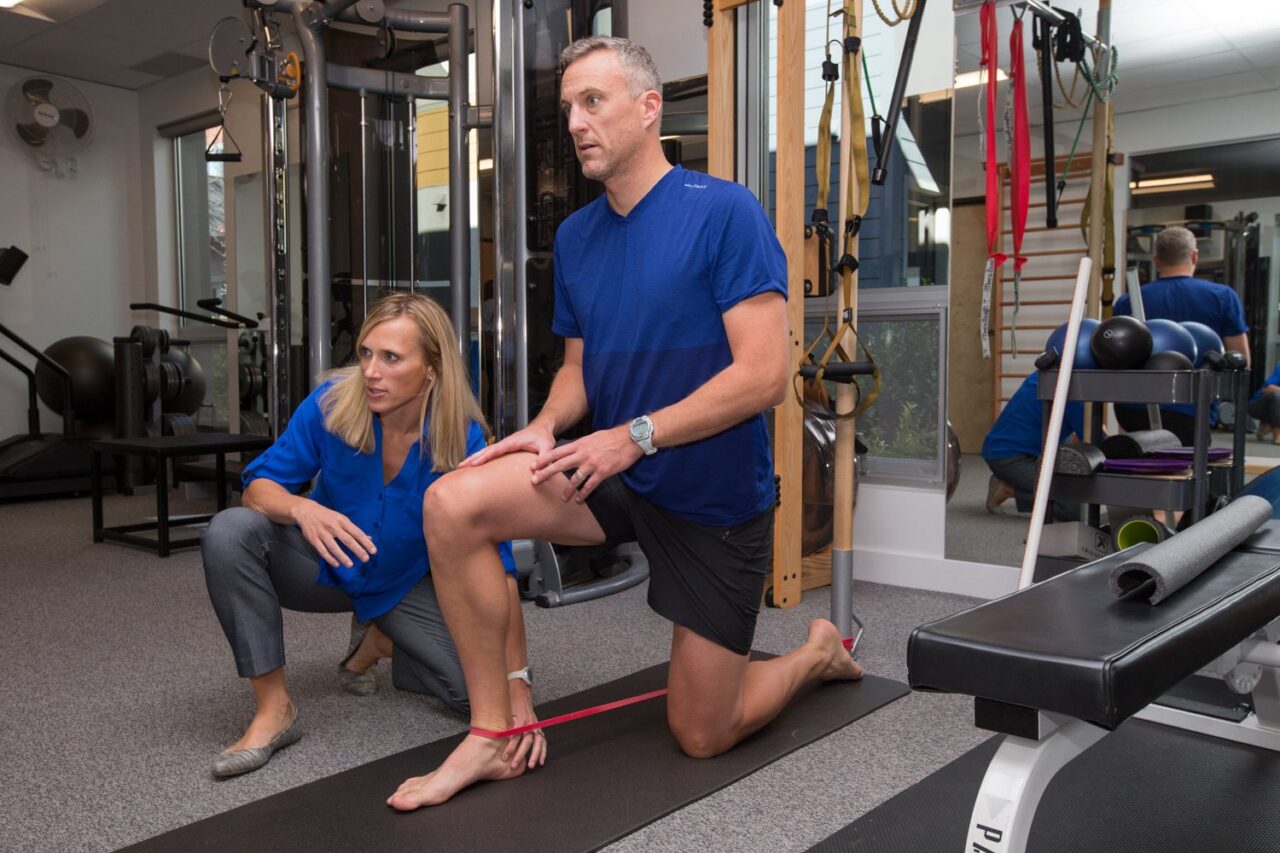The knee is subjected to the biomechanics of the adjacent hip and ankle due to its’ location between two long bones lower extremity. These long levers can contribute significantly to a patient’s knee symptoms. In our Boulder Physical Therapy and Lafayette Physical Therapy offices we commonly evaluate and treat the adjacent joints in the lower quarter to provide a optimal recovery for our patients in fewer visits.
Previous authors have shown a lack of ankle bend or dorsiflexion is a risk factor for many foot and ankle diagnoses including achilles tendinopathy, ankle sprains, and plantar fascia pain. In addition, a lack of ankle dorsiflexion has been linked as a risk factor for patellar tendinopathy in the knee among jumping athletes. As jumping athletes push off from the ground the shin must move over the foot, but if this motion is limited the knee mechanics are altered. A recent journal article highilghts the importance of adequate ankle motion among jumping athletes.
Martinez and colleagues studied the associated between degree of ankle dorsiflexion, jumping mechanics, and landing forces among jumping athletes (Sports Health. 2022). Authors studies 26 healthy recreational jumping athletes during a single leg vertical jump test. Athletes ankle range of motion into dorsiflexion was inversely correlated with loading forces across the knee during the jumping task. Thus, athletes with stiffer ankles had higher forces across their knees compared to their peers with adequate ankle motion. Authors concluded improving ankle mobility should be used as one of many Physical Therapy interventions to reduce limb loading among jumping athletes.

